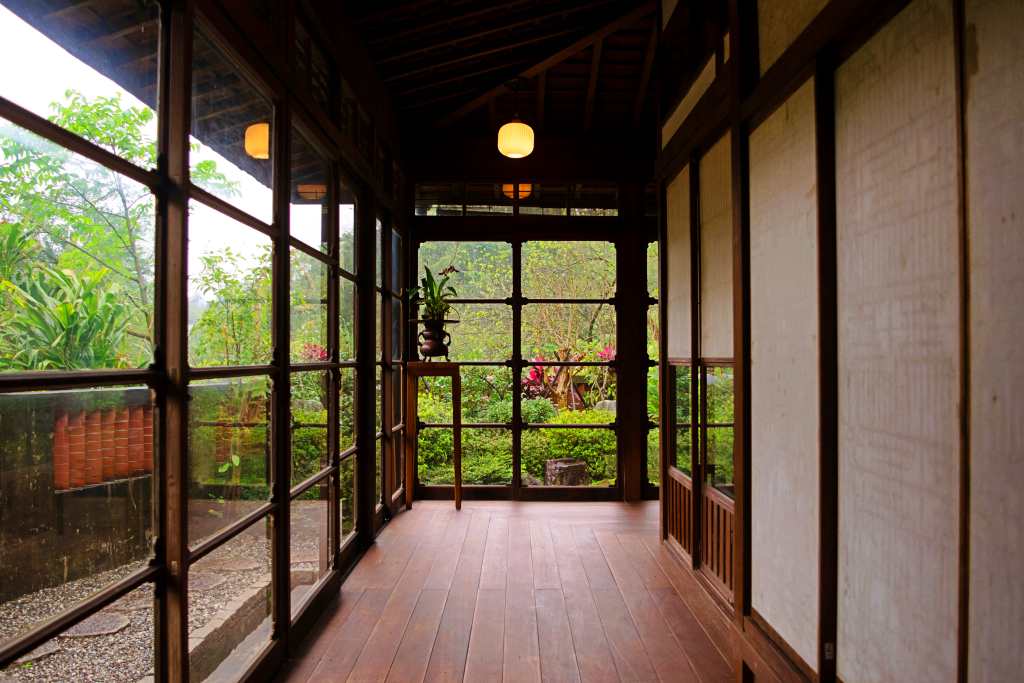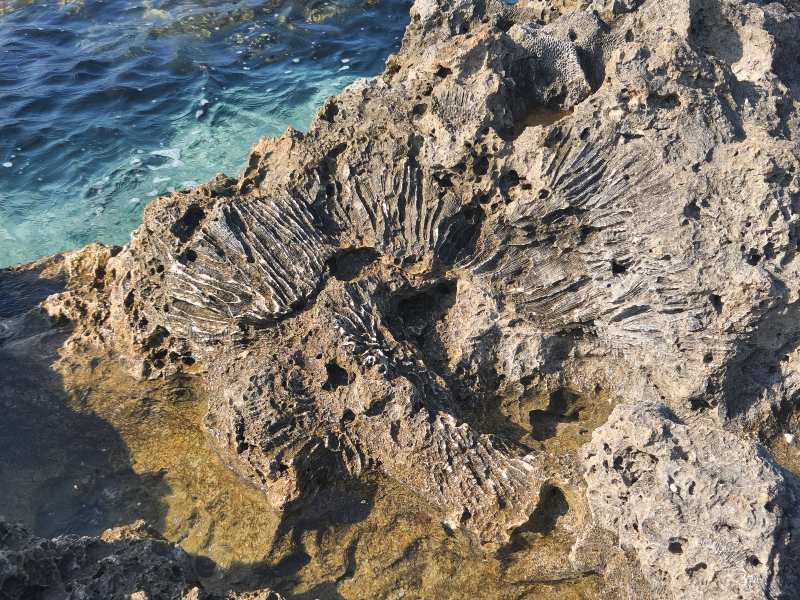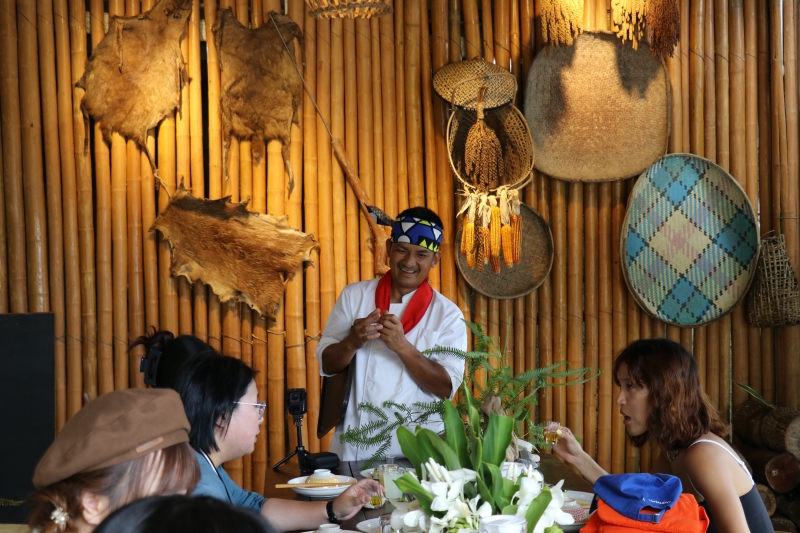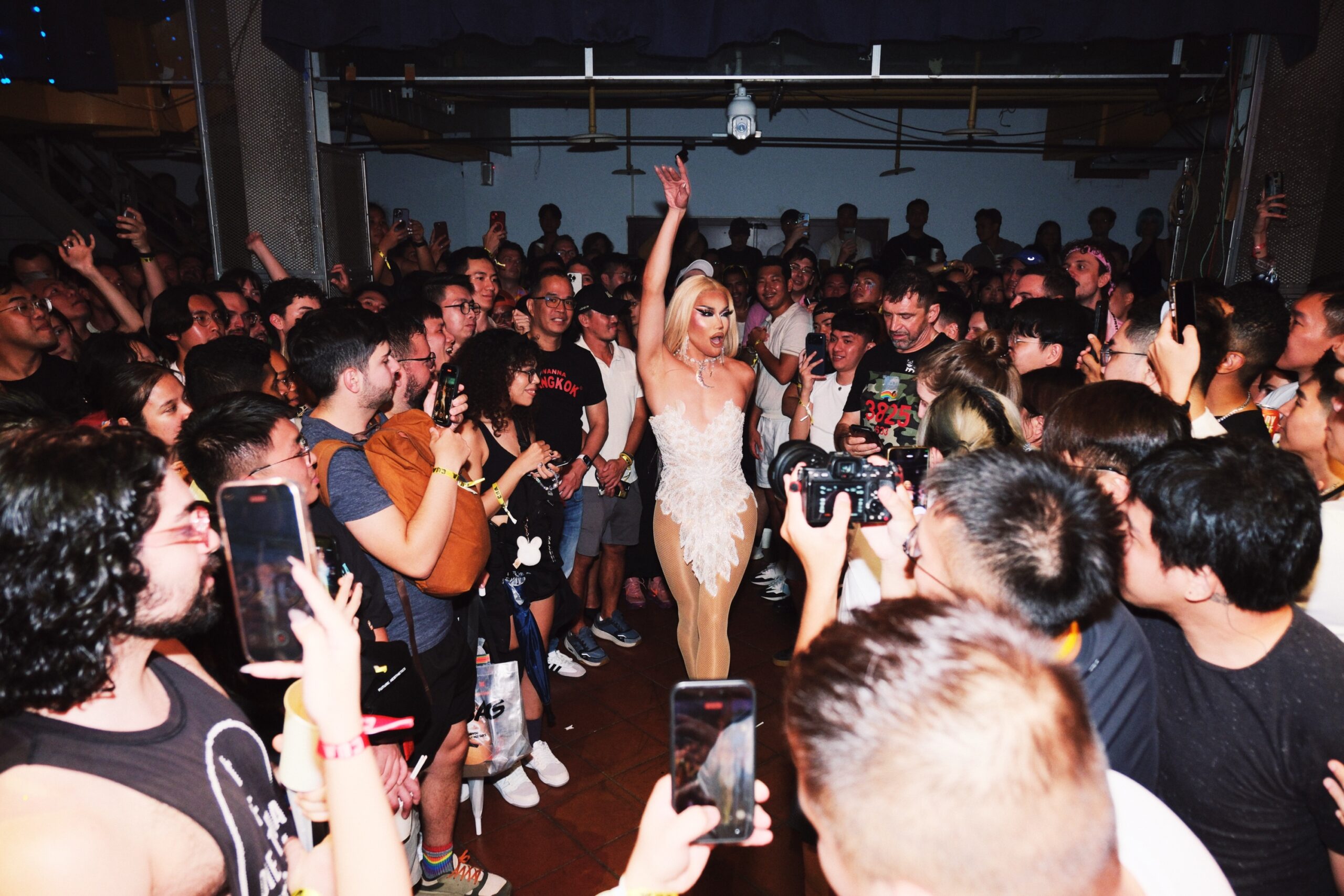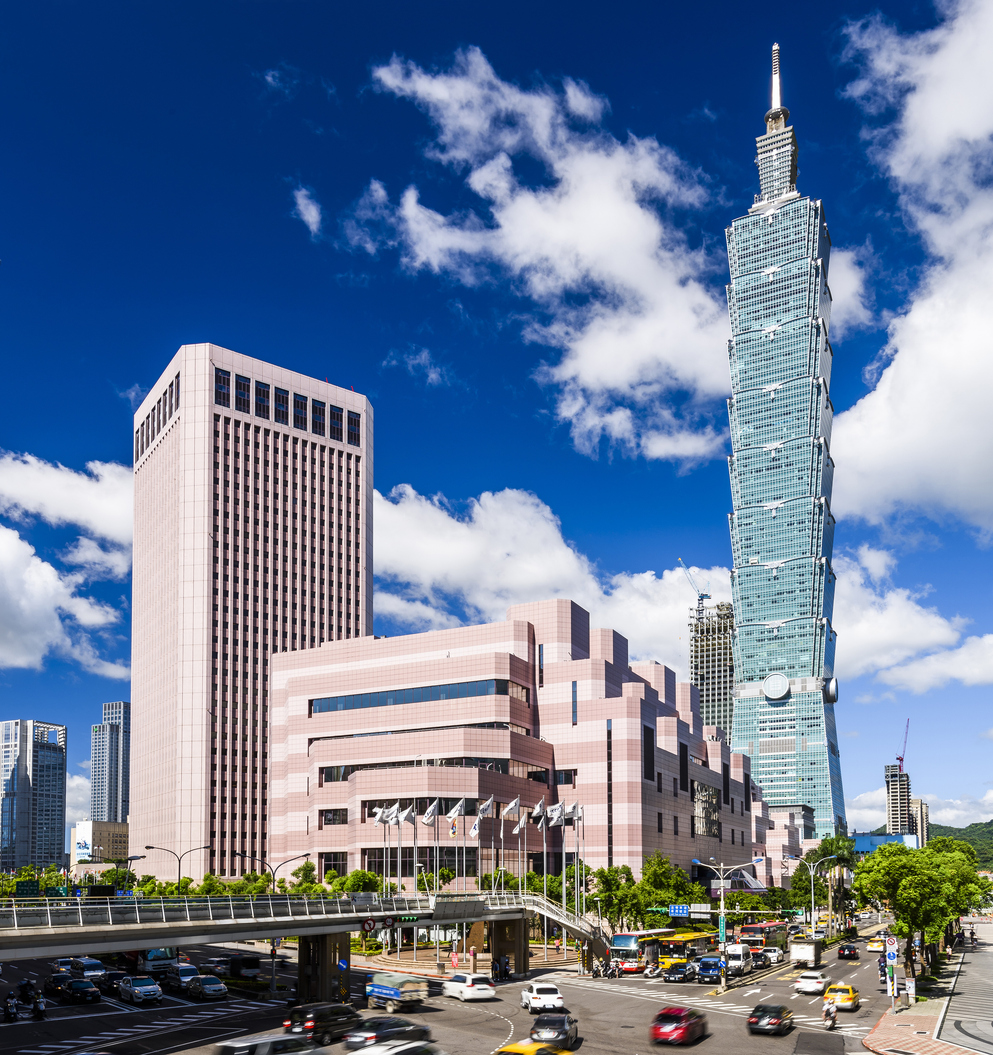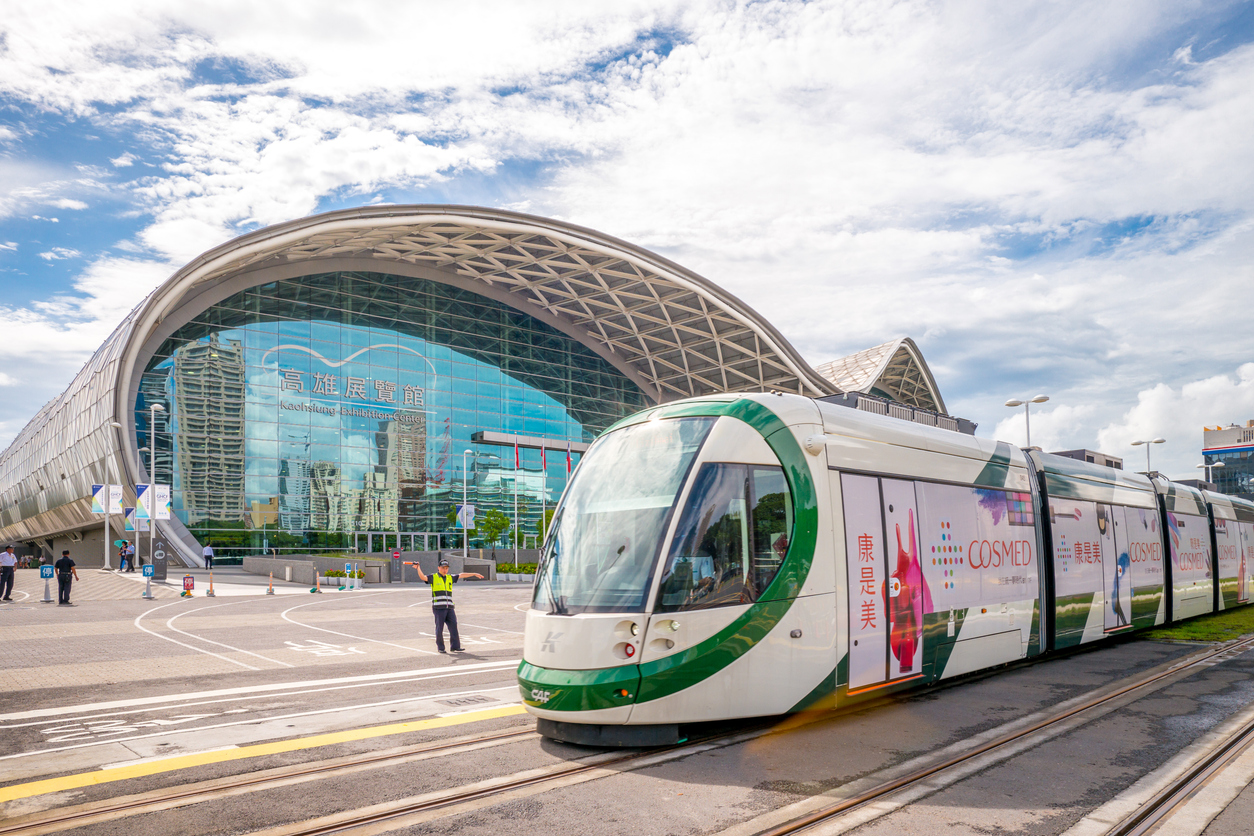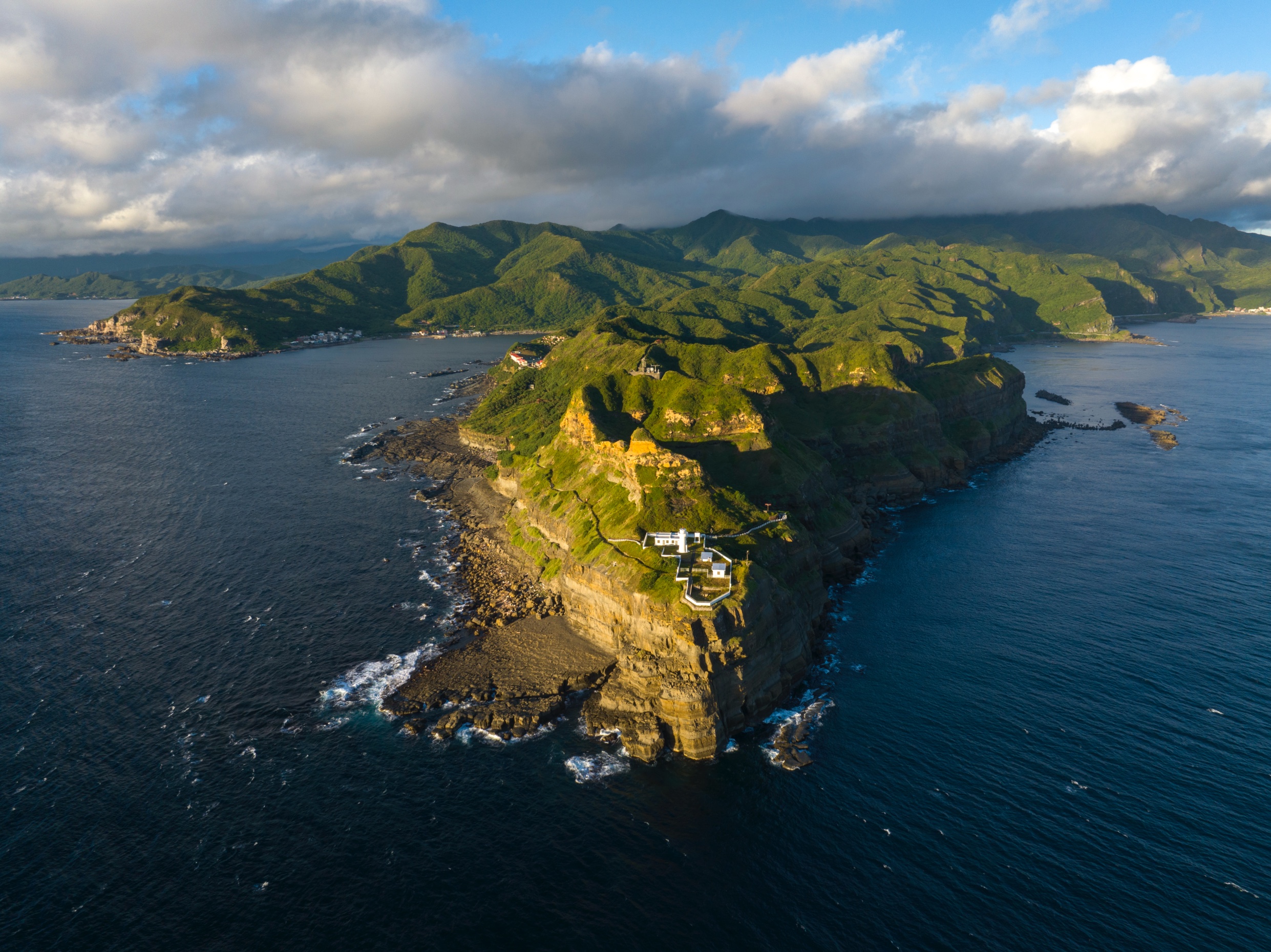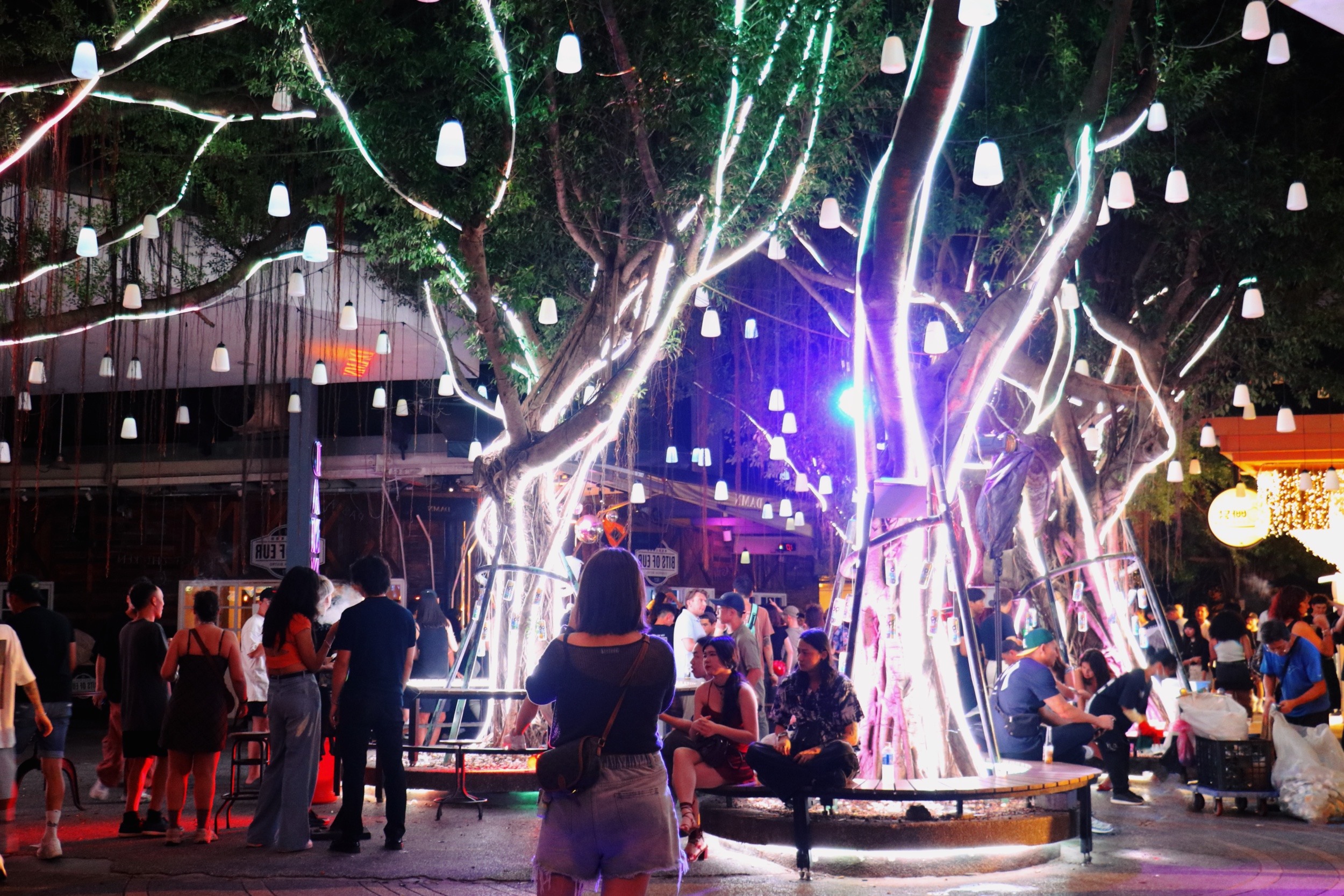Author Chris van Laak
Photographer Taiwan Scene
Editor Julien Huang
Taiwan is at the sweet spot between a trending destination and a hidden gem, between having too many tourists and too little tourist infrastructure to make a visit convenient. As a traveler, you can experience authenticity without having to wade through the proverbial mosquito-infested swamp to find it.
Another perk is that there are, in my opinion, pretty much no bona fide tourist traps—businesses that offer, with great fanfare, underwhelming experiences to visitors who lack the local knowledge needed to understand what’s good and authentic, or bad and borderline-fraudulent. Think of a restaurant that lures visitors in with a great offering, but where quality service ends once you have ordered. “Pay your bill, vacate your table and never come back!” This is the tourist trap vibe.
However, even as a long-term resident and frequent domestic traveler, I’ve been to a few places in Taiwan that I found underwhelming; they might not fit the definition of a tourist trap, but they left me—on a very subjective basis—feeling short-changed.
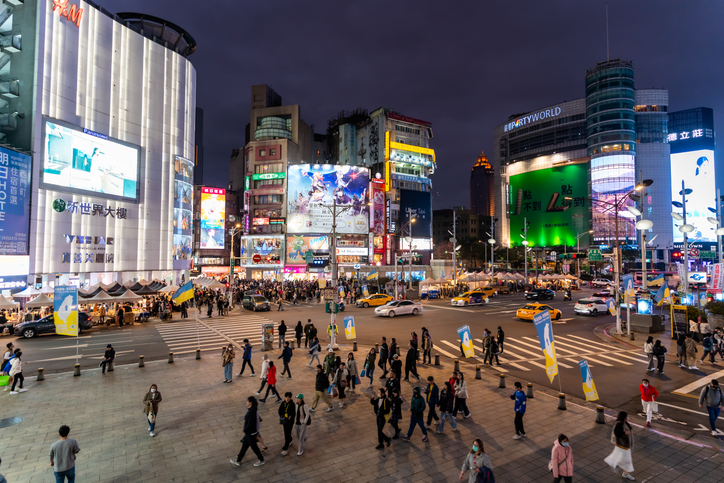
What’s the problem?
First things first: I’ve never been to a restaurant in Taiwan that was a full-blown tourist trap. As a traveler, even with little local knowledge, it’s unlikely that you’ll find one.
Shiny sign boards and picture-heavy menus at the door, in English and other languages, might be telltale signs elsewhere, but in Taiwan they don’t mean much—they might not even mean the restaurant caters to many non-locals. Taiwanese restaurateurs are an overly considerate species, and sometimes they just want to show their Taiwanese customers how world-wise they are, how they, if the big day comes, are ready to feed the whole world.
Then there are restaurants that are recommended so much that it seems suspicious. Think of the ubiquitous Din Tai Fung (鼎泰豐) chain or Fuhang Soy Milk (阜杭豆漿) in Taipei’s Zhongzheng District (中正區), which was recently featured on US food magazine Bon Appetit‘s YouTube channel. Both places are authentic highlights of the capital’s culinary landscape and remain deeply rooted in local culture, but whether they’re worth it to join a long queue in front is not up to me to decide.
One tip though: The mom-and-pop restaurant next door—which doesn’t invest in marketing—might serve similar fare at the same quality, for a lower price, without any queuing.
One more thing about queues: They might indeed mean the restaurant is great, but they might also just mean it’s new and offers a limited discount of, let’s say, 5 percent on everything. Queuing is, in a way, part of the culture: Many Taiwanese find standing in line more acceptable–they might even embrace it–than people from other countries.
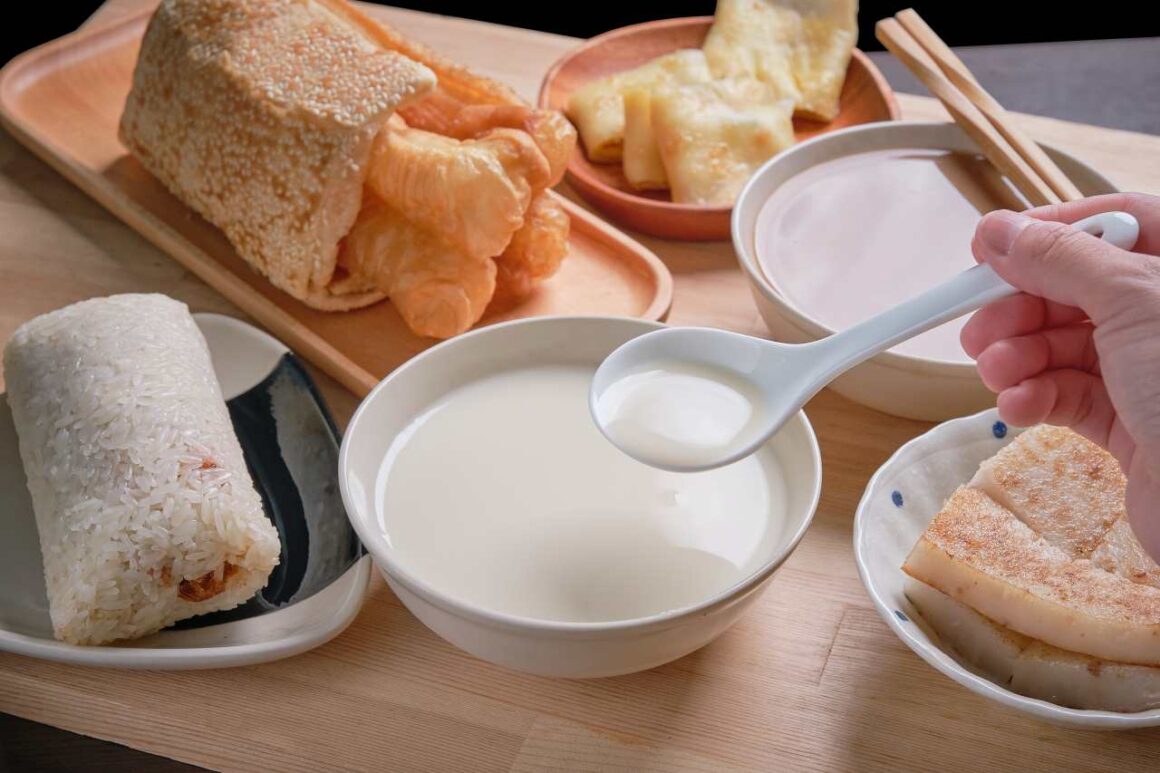
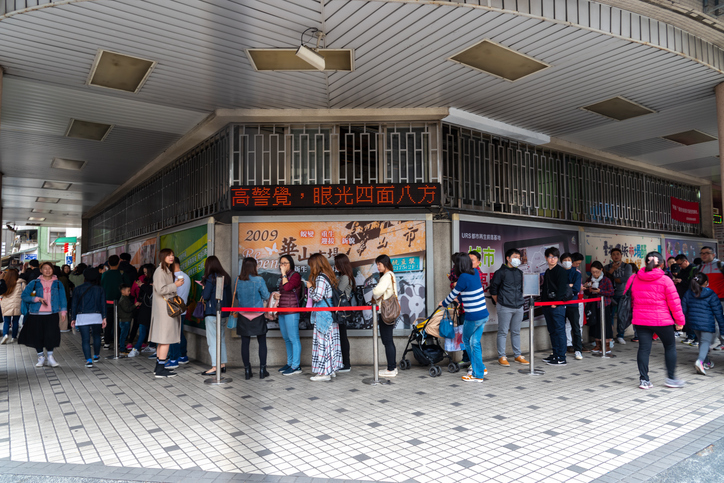
Reading between the lines
Agoda has a listicle on its website entitled Taipei’s Hidden Gems: 10 Must-Visit Foodie Spots. The first place featured is Raohe Street Night Market (饒河街觀光夜市) in Songshan District (松山區), which is—don’t get me wrong—an amazing place to try some creative takes on Taiwanese classics (and people watching), but it’s definitely not a hidden gem. Nothing “unhides” a gem more thoroughly than being featured by one of the world’s biggest travel sites.
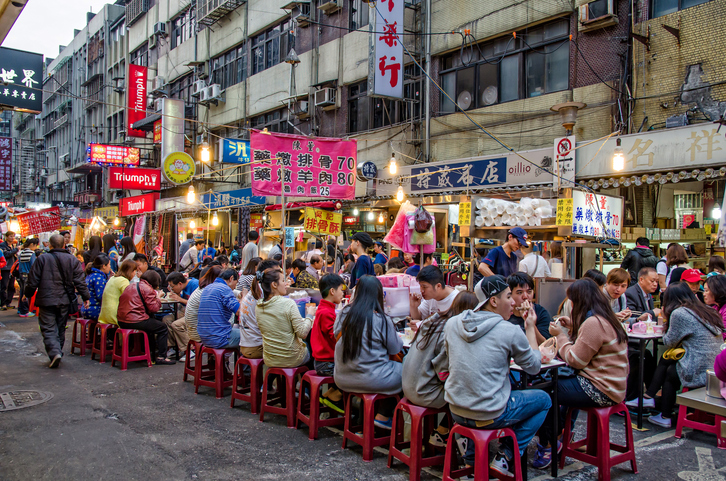
Overrated? No!
Another thing that might be misleading is a high average rating on Google Maps.
Let me give an example: I once spent a winter trying to find the best ramen restaurant in Taipei, which, as the capital of a former Japanese colony, boasts hundreds of them, from international chains to owner-run eateries with only a few seats. My favorite is Menya Musashi Kanzan (麵屋武藏-神山) in Zhongshan District (中山區), but that doesn’t matter right now. Something I learned, however, is that the best places have ratings between 3 and 4.5 stars. Everything approaching a perfect five is suspicious.
Some restaurateurs offer discounts in exchange for 5-star reviews, but that’s just the tip of the iceberg. When it comes to ramen, or other foreign dishes, a review that says “it was too salty—two stars” is a sign of authenticity, while “good value for money—five stars” might mean the restaurant cuts costs by using local ingredients instead of authentic ones.
Compared with other Asian cuisines, Taiwanese food is rather mild. Strong taste—such as the authentic taste of Indonesian or Thai food, for example—might drag down a restaurant’s rating.
The fact that many of Taiwan’s signature dishes have a rather subtle taste profile and might, by some who try them for the first time, even be considered “mild” is not widely acknowledged among locals, including some restaurateurs. A few of them might even assume their food could overwhelm foreign taste buds. It has happened to me that, when I asked for a recommendation—their “best, most popular dish,” the one they’re most proud of—I ended up receiving their mildest dish, the one they thought would be least offensive to my presumably weak taste buds.
Underwhelming places
No more beating around the bush, this is my subjective top three of underwhelming experiences, (in lieu of any true tourist trap experiences):
Elephant Mountain (象山): I was a few days into my first visit to Taipei when I asked a trusted friend for a recommendation for a little hike—“Nothing big, just a place where I have a good view over the city.”
My friend recommended the mountain with the unique name in Xinyi District (信義區) and even offered to come with me. We’d go after his work; that wouldn’t be a problem. This should have made me suspicious. The “hike” turned out to be a 10-minute walk up some well-maintained stairs through a lush forest. In the end we indeed had a breathtaking view over the city, but the hike itself was a bit too short to satisfy my needs for being in nature—this nature especially.
Ximending (西門町): This time it wasn’t me who fell for a sub-par recommendation, but a friend who found himself staying in Taipei’s neon-lit Ximending area. As it turned out, the person who gave the recommendation, a local friend of my friend, had been sending whoever asked for a recommendation to the area for the past 25 years, thinking it’s where foreigners like to go, without realizing that Ximending has kept its allure with subculture-savvy youngsters, but is no longer the prime destination for older travelers such as my friend.
Sun Moon Lake (日月潭): Once again, Sun Moon Lake in Nantou County (南投) was among the first places I visited in Taiwan. This is how it was described to me: “A beautiful lake high in the mountains, an absolutely unique gem.” When I arrived, I found the mountains smaller than expected and the crowds bigger than expected. The unique beauty of Sun Moon Lake is less “in your face” than the beauty of other alpine lakes that avid travelers, like me, might have seen in other countries such as Italy or India.
Still, Sun Moon Lake is unique in the context of Taiwan, not least as the country’s only sizable lake. There are great places in the area that make up for its subtlety, but in my case, expectation had to get a reality check first. My second and third (and fourth, fifth, sixth…) visits to the area were much better.
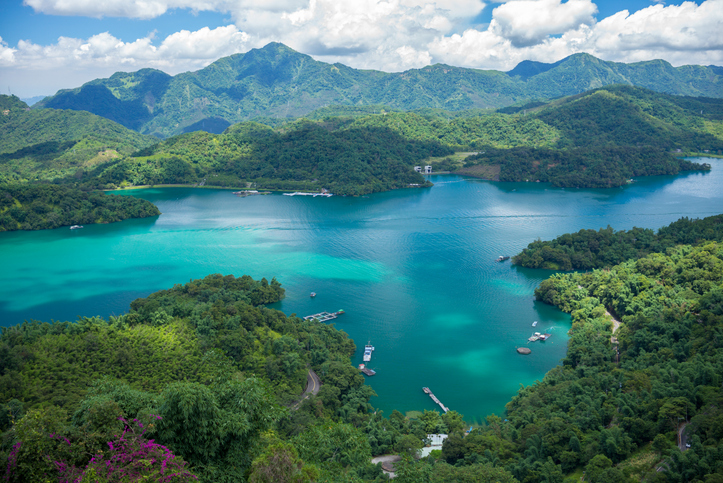
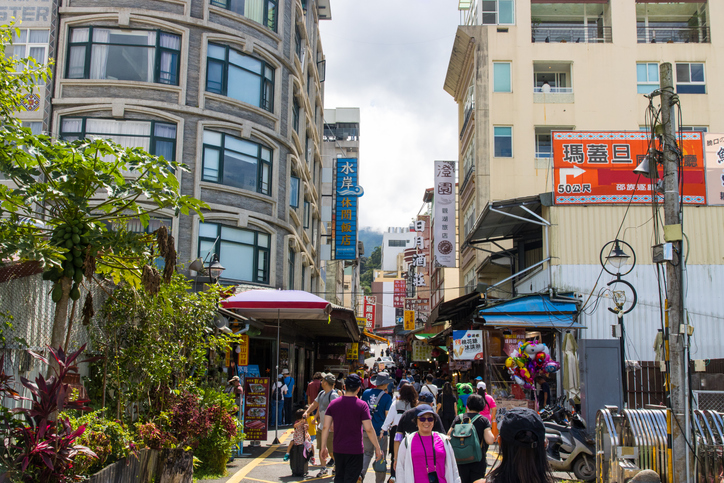
Expectation management
Looking back, misguided expectations and failed communication were at the heart of all experiences that felt “tourist trap-y.” Some additional research would have helped, as would a look at the bigger picture: Taiwan is small and has a large population. If you go anywhere as a tourist, you won’t be the only one who has that idea. In hot spots (the term “Old Street” is a good indicator), businesses cater primarily to tourists, especially in areas, for example in the mountains, where few people live and many people visit.
There, the offering is geared towards tourists and often feels a bit same-y, but what else would you expect?

